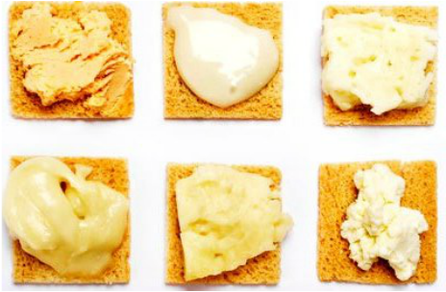The more than 100 cheeses of all types that exist in Spain today form part of the historical legacy left behind by the many peoples and cultures. The tremendous variety of Spanish cheeses stems from Spain’s geographical and climatic diversity. They are made from cows’, ewes’, and goats’ milk as well as different blends of these, and in most cases the milk is obtained from native breeds. Coagulation may be by enzymes, lactic acid or mixed, and cheeses may be round or square, of different sizes, and with rinds of different colors – often engraved and sometimes smoked, rubbed with oil or flavoured with spices.
|
A Hundred and More Cheeses
The tremendous variety of Spanish cheeses stems from Spain’s geographical and climatic diversity. They are made from cows’, ewes’, and goats’ milk as well as different blends of these, and in most cases the milk is obtained from native breeds. Sheep are the most genuine type of livestock in Spain. They mostly inhabit the Castilian plains in the center of Spain and the south-west, where there is plenty of pasture, especially during winter and spring. The best-known native breeds are Churro, Merino, Castellano and Manchego, all of which were traditionally reared for their wool, but today are mostly used for the production of cheese. Some of the most important Spanish cheeses are Manchego (the most popular), Zamorano, Torta de la Serena and Torta del Casar, all covered by Protected Designations of Origin (PDO). But also Idiazabal and Roncal, both made from more unusual native breeds Latxa, Carranzana and Rasa Aragonesa. |

